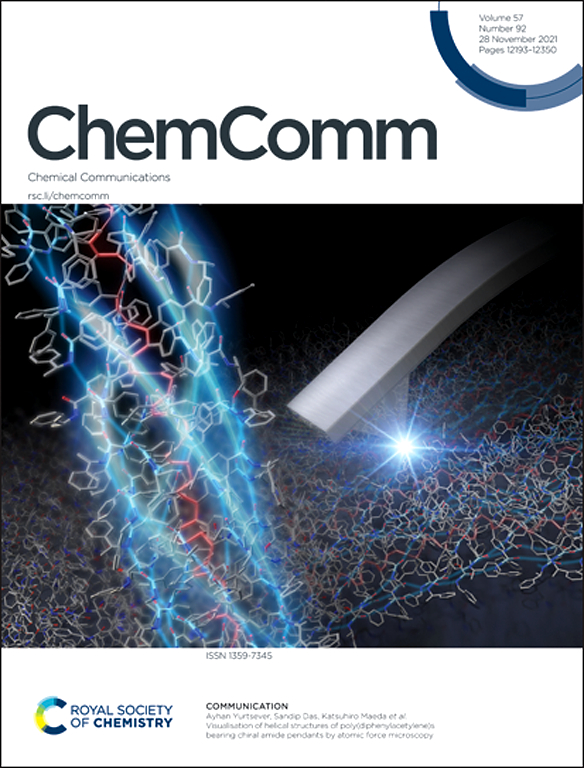NaOH/Urea aqueous solution facilitates spectroscopic quantitation of lignin in corn stalk
IF 4.3
2区 化学
Q2 CHEMISTRY, MULTIDISCIPLINARY
引用次数: 0
Abstract
A facile spectrometric determination of lignin in corn straw was constructed through dissolving lignin-carbohydrate complex in aqueous solution at room temperature, where NaOH/urea was induced to prepare transparent aqueous solution of carbohydrate linked lignin for quantification at 298 nm without any interference from carbohydrate. Lignin is the most abundant source of renewable aromatics in nature1, which plays a key role in bridging cellulose and hemicellulose of plant cell wall2. Besides working as a green raw material3-5 for industrial adhesive, antibacterial gel6, 7, redox electrode8 and energy storage material9, the abundant functional groups such as phenolic hydroxyl group, methoxy group, carboxyl group endow lignin with antibacterial10, anti-ultraviolet11, anti-oxidation6 and other biological activities12. However, as part of lignocellulose (15-35 wt%), lignin combines cellulose and hemicellulose with diverse cross-linking bonds to form a complex three-dimensional network structure, which makes a real challenge for determination and further high value-added utilization of lignin. The Klason method (Fig. 1) is the most used method for directed quantitation of lignin, where the insoluble residue obtained from two-step hydrolysis of concentrated/diluted acid (acid-insoluble lignin, AIL) was quantified by gravimetric method and the dissolved lignin (acid-soluble lignin, ASL) was quantified by spectrophotometry. Based on the Klason method, two modified methods for quantification of lignin have been widely used in the pulp/paper industry and the Lignocellulosic biomass refining: the pulp and paper industry technology association (TAPPI) method and the National Renewable Energy Laboratory (NREL) protocol. However, these chemical processes need large amount of samples, destruct lignin structure and introduce interfering substances during measurement13.求助全文
约1分钟内获得全文
求助全文
来源期刊

Chemical Communications
化学-化学综合
CiteScore
8.60
自引率
4.10%
发文量
2705
审稿时长
1.4 months
期刊介绍:
ChemComm (Chemical Communications) is renowned as the fastest publisher of articles providing information on new avenues of research, drawn from all the world''s major areas of chemical research.
 求助内容:
求助内容: 应助结果提醒方式:
应助结果提醒方式:


